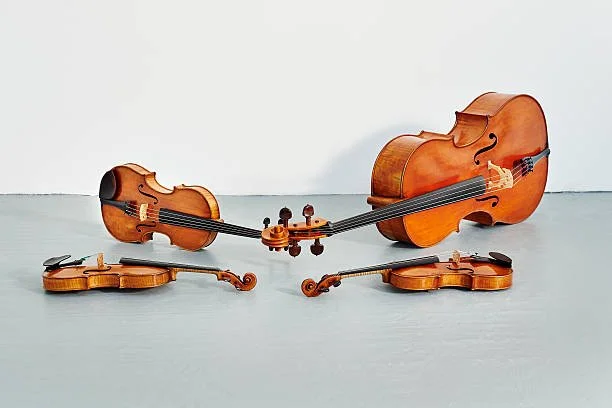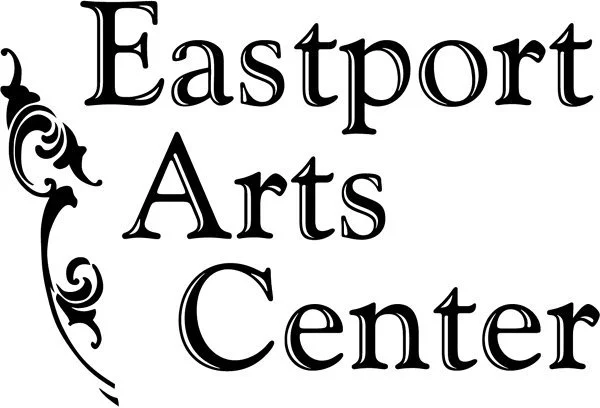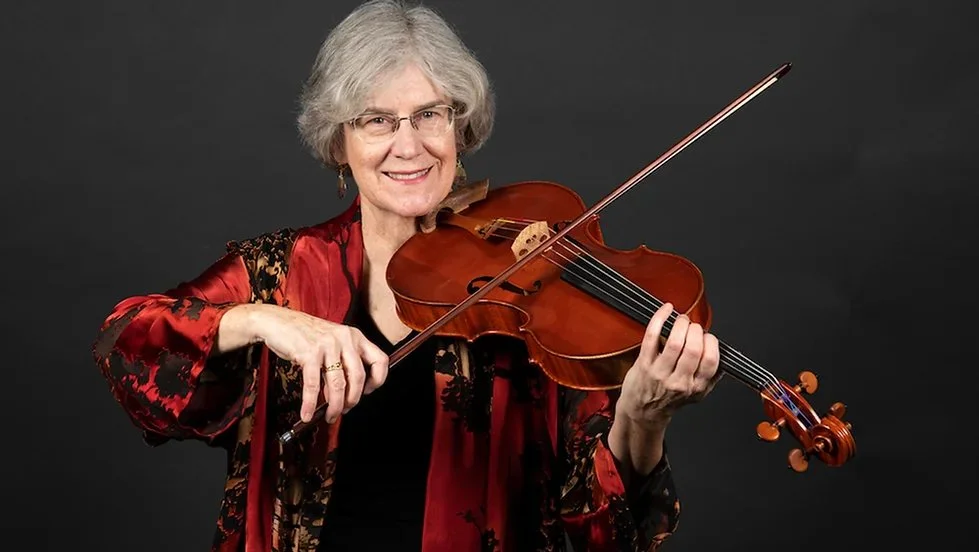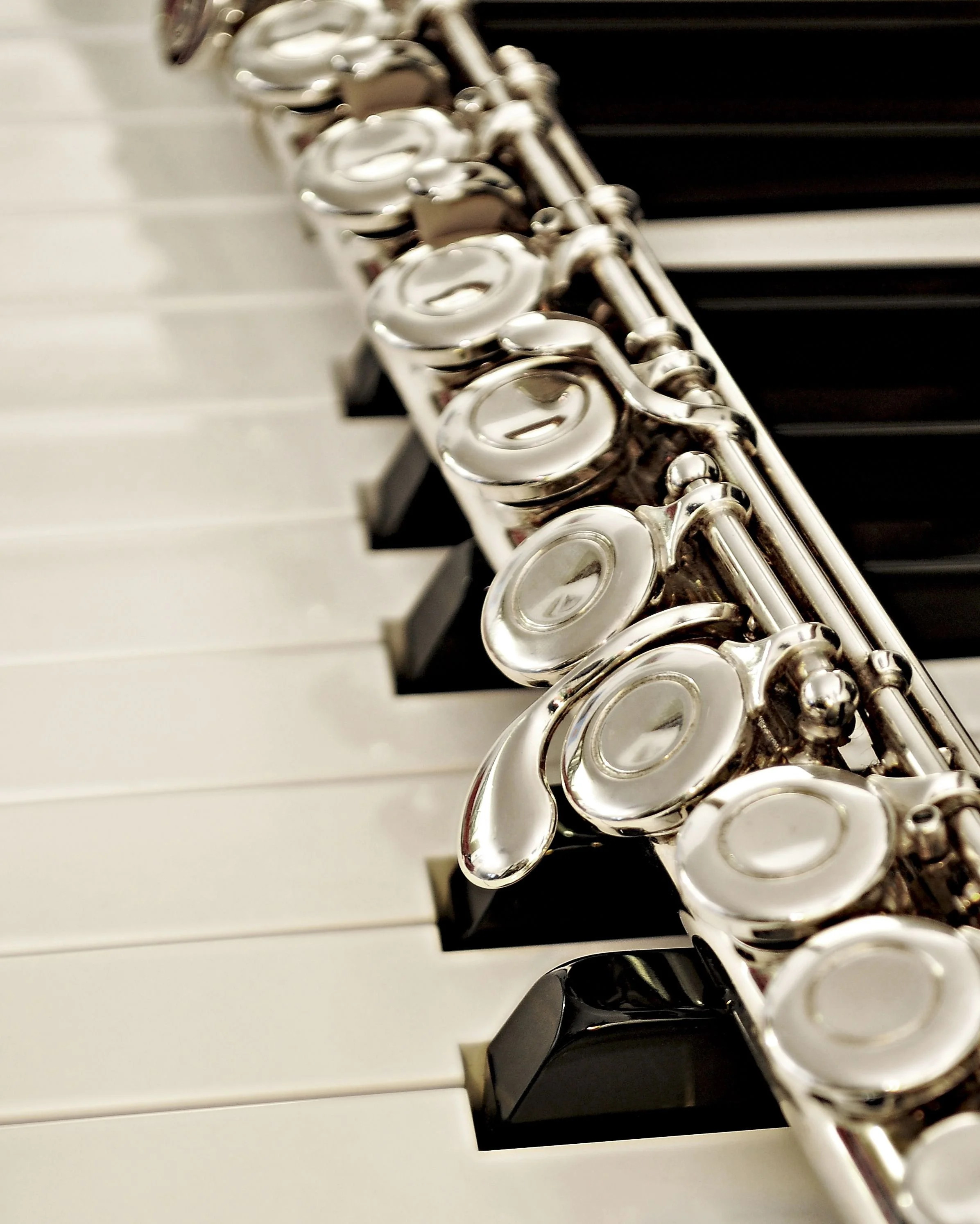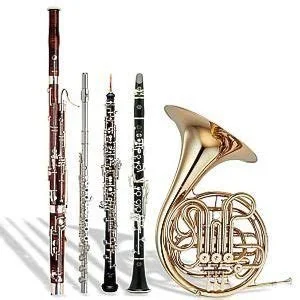Jason Hardink to premiere "and so on"
New music for piano, premiered by Jason Hardink.
Jason Hardink is a tremendous musician, with both a solo career and a longtime position as keyboardist with the Utah Symphony. Not only does he excel in the standard repertory, but he’s also a fierce proponent of new music. He’s recently been featured on the Utah Symphony’s recording of Messiaens Des canyons aux etoiles. He is a former music director of the Nova Chamber Music series.
Hardink is premiering Michael Carnes and so on as well as a new piece by Jeffrey Holmes on February 3, 2025. Location is Westminster University, Gore Concert Hall and the time will be 7:30 PM.
There will surely be other treats on the menu as well. One of the real treats is Jason’s piano: one of the finest Steinway D models I’ve ever hear. Come hear the music and meet the people.
New Listing: Concertante for Six
Here’s a little sextet that I finished in late 2023 and have just now posted. Instrumentation is flute (doubling alto), oboe (doubling English horn), violin, cello, marimba and harpsichord. It’s been quite a while since I’ve written for harpsichord, but I always enjoyed it and had an itch to return. This piece requires a large double harpsichord—quite a rare item in the Salt Lake City area where I composed it.
There are challenges in placing an ensemble around the harpsichord. While it has a wonderful sound of its own, it’s not particularly loud—certainly nothing like a 9-foot grand piano. It’s up to the composer to create a new (or very old) sort of sound world. It’s fun.
The piece itself is often kinetic, with a thoughtful 3rd movement. You can learn more and listen to it by simply clicking on the button.
Updated Recording: Then: for those who are no more (string quartet)
Listen to a new rendering of a string quartet by Michael Carnes
A rendering of a piece always misses the mark in many ways. You’re asking technology to do what humans do much better. I’ve not been satisfied with renders of this string quartet. Recently I’ve been using a new technology that allows me to get much closer to my intentions. Still not perfect, but I think we’re at the point when any ensemble considering the piece will have a fair idea of what they’re getting into.
This piece is dark and contemplative, in keeping with its title. Please click the button below to learn more, listen to the piece and request a score.
Bagatelles for Clarinet and Viola - Recording of first performance now available
Bagatelles has now had its first performance. It you’d like to hear it, you’ll find it right here. It was performed in Eastpor,t Maine in late August of 2024. Performers were Brian Schuth on clarinet and Anne Black on viola.
It’s a tricky piece to perform. The rhythms of the dance movements intermingle in such a way that they’re propulsive, but don’t quite fit into a regular meter. The cantos are slow, quiet and often written without meter at all. Bagatelles requires a strong sense of ensemble— and no small amount of rehearsal — which is very much in evidence in this very first performance.
Concert Announcement: Premiere
Announcement of premiere performance
I’m happy to announce that my Bagatelles for Clarinet and Viola will be getting its first performance in lovely Eastport, Maine on August 24, 2024. Performers will be Brian Schuth, clarinet and Anne Black, viola. I’m looking forward to meeting Brian in upcoming virtual conference, but I’ve known Anne for ages. She’s a stalwart of new music in Boston (as well as early music). You can learn more about the concert here. It will also feature music of Stravinsky, Hovhaness, Clarke and Maconchy.
I’ve written a little about Bagatelles in previous posts. It was composed for Russell and Leslie Harlow, both excellent musicians, in Park City. Sadly, Leslie (viola) died before they were able to perform the piece. Russell has given his blessing to this performance and I appreciate his generosity of spirit. I think that the description of the music on the concert site is spot on and captures just what my intentions were:
“Utah composer Michael Carnes’ Five Bagatelles, for clarinet and viola, will receive its World Premiere performance at EAC, interspersing a more contemporary set of light, playful dance movements with two haunting, chant-like pieces.”
If you’re in that part of the world, I hope you can attend.
Updated recording and video of Brass Quintet #3
Just another brief note here. As you can tell, I’ve been doing some cleanup around here. The page for the quintet had some problems and I’ve fixed them and added a video to boot. The mix is new and should sound more natural. So if you haven’t visit the page (and especially if you have) it’s right here.
Updated recording and video of Spidgin (for flute and piano)
It’s been far too long since I’ve posted, but it’s been a busy time. I’ve recently finished a bit of chamber music and a new symphony. It might take a while to get anything posted about that. So in the meantime, you can hear a new mix of Spidgin and watch it with score on Youtube. Just go right here for more.
Trumpet Concertino -- A fresh revision of an older piece.
I wrote this little concertino back in 1986. It was performed in Boston by Alea III, under th baton of Theodore Antoniou. The soloist was Joseph Foley. The piece comes from a time before computer notation programs, so I only had an ink copy. I had fond memories of it and had long intended to computerize the score and perhaps make a few small corrections here and there. But as I looked at the score, I realized that the orchestration showed my inexperience at the time. The general sense of orchestration was promising, but far from complete. So this new version should be considered as the completion of an older sketch. Instrumentation is the same, except that I moved the mallet parts to a separate player. The earlier version (what I now consider as the sketch) had mallets covered by one of the percussionists. While there is some amusement in observing a player covering so many parts in such a short time, it’s not very considerate. There’s still plenty on everyone’s plate.
There is always a danger of a composer revisiting an older piece. There is a strong temptation to ‘recompose’ the music, moving it into the composer’s mature style and possibly losing the original intent. That’s not what I’ve done: it’s exactly the same piece—just properly orchestrated. The piece is something of a musical mirror. There’s a hint of that in the fact that it ends as it began, with slow, mysterious music. But the harmony and melodies are all reflections around the pitch of G: Harmony below G is an inversion of the harmony above. Some thing goes for the tunes. The result is an uncertain sort of tonality. I’ve not done another piece around this idea, although I possibly should.
At any rate it’s an enjoyable piece from a much younger me.
Recording (and revision) of Three Scenes for Woodwind Quintet
Back in spring of 2023, I completed a woodwind quintet. It was quickly programmed on a chamber music series in Salt Lake City (Intermezzo Chamber Music) and given its premiere on July 31 of 2023. Players were excellent. As with many first performances, it’s rocky in spots, but still worth a listen.
I also realized that there were a few small modifications I needed to make in the first movement and I’ve done that.
If you visit the page for the piece here you can listen to the first performance. You can also see a video of the revision while following the score.
At some point there will be a full video of the first performance as well, although I’m not sure when that will be. I’ll post a link whenever that time comes.
New Video of Acellorimba
In early July, there was a fine performance of one of my older pieces: Acellorimba for cello and marimba. The performers were:
Karen Kaderavek - cello. This piece was written for Karen, along with Nancy Zeltsman. They gave the original performance in 1985
Sebastian Buhts - marimba. Sebastian is a rising star on marimba and I’m delighted he’s part of this performance.
We’re fortunate that there was a nice video capture, along with an audio recording. So you can now enjoy a summer moment in upstate New York. To learn more about the piece, please visit its page.
2023 performance of Acellorimba by Michael Carnes. Performers are Karen Kaderavek and Sebastian Buhts.



